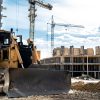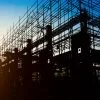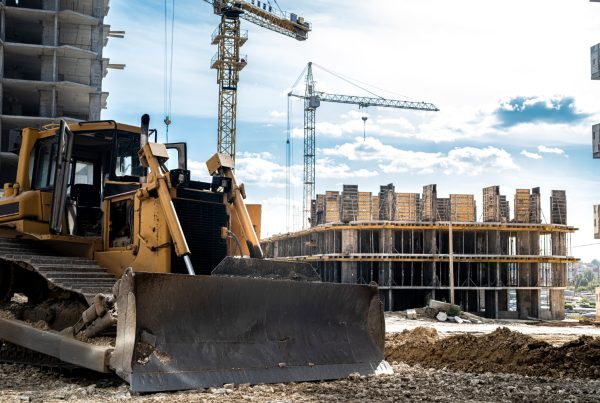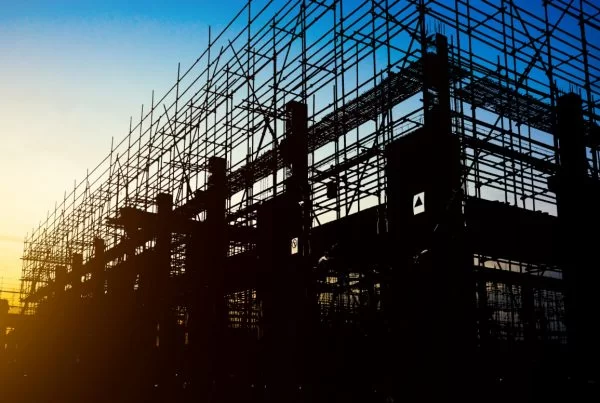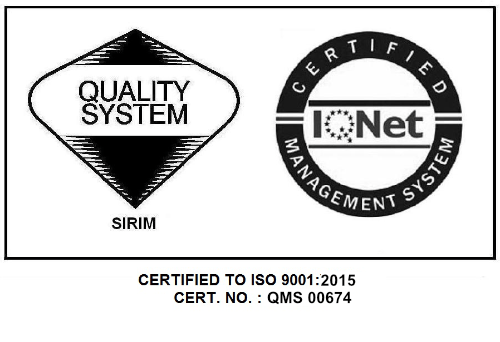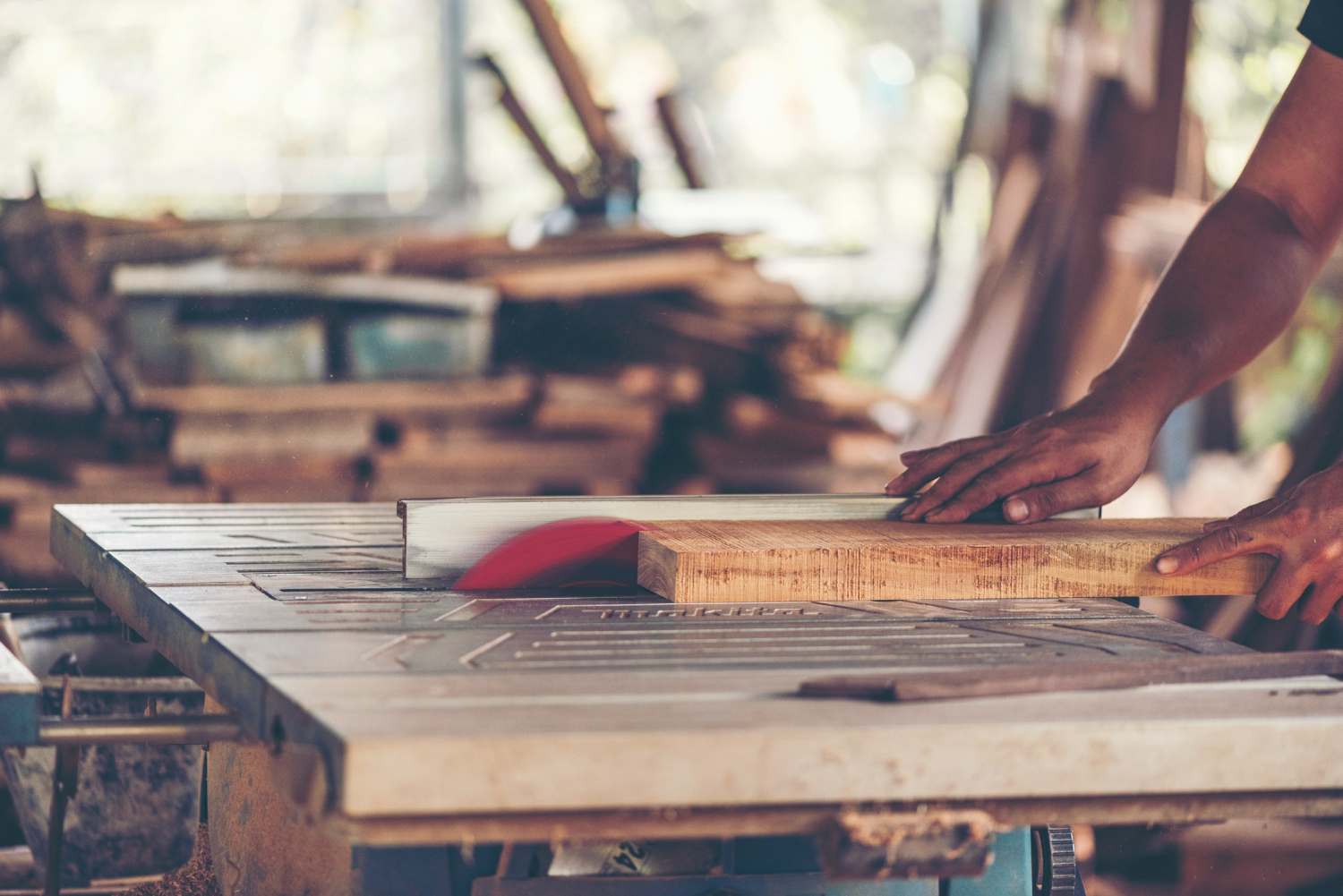
Timber construction has undergone a transformation with technological innovation. Far from being limited to rustic cabins or traditional homes, timber is now at the forefront of modern, urban architecture – all thanks to engineering advances like glulam, cross-laminated timber (CLT), and modular construction systems.
One of the standout innovations is glued laminated timber, also known as glulam. By bonding multiple layers of timber together with strong adhesives, glulam produces a highly stable, high-load-bearing material. It enables architects to design and construct larger, taller structures without sacrificing safety or aesthetics. Unlike steel or concrete, glulam retains the warm, natural appeal of wood while offering equivalent and in some cases superior strength-to-weight ratios.

Another game-changer is the rise of engineered wood products. These materials are precision-crafted and tested to meet strict performance criteria. They are ideal for load-bearing walls, floor systems, roof structures, and complex architectural features. Their versatility allows for bold, contemporary designs that would be difficult or costly to replicate with other materials.
Prefabrication is another key development. Timber lends itself exceptionally well to modular construction techniques. Structural components can be manufactured in a controlled environment, ensuring consistent quality, reduced waste, and minimised delays. On-site assembly becomes faster, quieter, and less disruptive – especially important in urban infill projects or remote areas.

From a sustainability and performance perspective, engineered timber solutions offer numerous benefits, including fire resistance (achieved through design oversizing), termite protection (via treatment and design separation), and effective moisture management, even in tropical climates. These innovations are helping to overcome the longstanding concerns that once limited the use of timber in larger-scale construction.

The combination of technology, sustainability, and design flexibility positions engineered timber as a viable and often preferred choice in today’s construction landscape. The result? A high-performance material that looks as good as it performs, serving the dual goals of environmental stewardship and architectural excellence.
Related articles
Part 1: Unlocking the Future of Construction Through Timber


